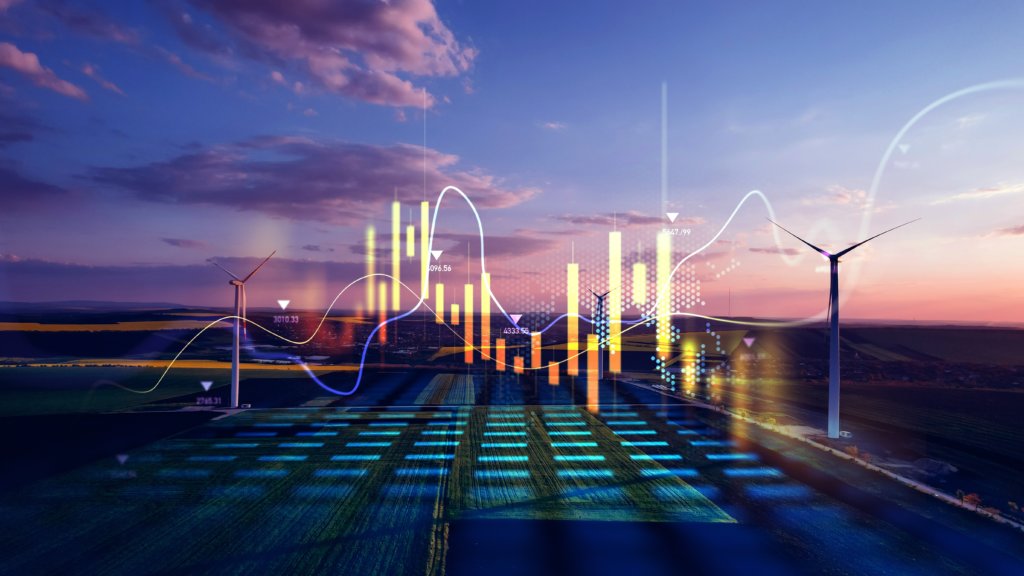Sedgwick | Asia’s Energy Transformation – Balancing Growth, Risk and Renewables
June 24 2025

The future of energy in Asia is being shaped by several factors, including economic growth, technology capabilities and the deployment of renewables. Balancing growing needs and risk considerations will call for tailored strategies and continued international collaboration.
Driving the demand
Asia’s demographics and economic development are fuelling energy requirements across the region. The continent is home to more than 4.7 billion people, representing nearly 60% of the world’s population. The diversity across the region, ranging from developed economies to rapidly industrialising nations, is creating varied energy needs.
Countries like China, India and those in the Association of Southeast Asian Nations have seen rapid economic growth. In many areas, urbanisation, industrialisation and a rising middle class have led to increased electricity demand in the residential and commercial sectors, and greater public and private transportation energy needs. In addition, the region is seeing an expansion of energy-intensive industries such as manufacturing, chemicals and electronics.
Leading the charge in renewable energy growth
Countries in East Asia are taking a proactive stance in scaling up renewables. China, the world’s largest investor in renewable energy, dominates global solar panel production and is scaling up in wind power and hydroelectricity. In South Korea and Taiwan, government mandates, energy security concerns and public pressure have accelerated solar and offshore wind deployment.
Factors driving the progress in East Asia include:
- Strong central planning and industrial policy
- Advanced technological capabilities and domestic manufacturing
- High dependency on imported energy, driving a push for self-reliance
- Access to capital and large state-owned enterprises with the ability to invest at scale
Lagging adoption in Southeast and South Asia
South and Southeast Asia are not seeing adoption and deployment of renewable energy at the same pace as other regions. Key reasons include:
- Policy uncertainty and regulatory barriers — Inconsistent or weak incentives for renewables
- Infrastructure limitations — Grid capacity and storage solutions are inadequate for variable renewable sources
- Subsidies available for fossil fuels — These remain popular in low-income or energy-poor regions
- Financial constraints — Limited access to affordable capital and higher perceived investment risk deter large-scale renewable projects
- Focus on energy access — In countries like India, Bangladesh and parts of Indonesia, the priority is still electrification — often by using the fastest and least expensive means available, including coal and gas
Energy transition — Inevitable, but not uniform or fast
Across Asia, fossil fuels still dominate the mix, especially in power generation and heavy industry. The continent accounted for over 70% of global coal consumption in 2024, largely due to China and India. There is a growing share of natural gas demand, particularly in Japan and South Korea, which import liquefied natural gas; there are also emerging buyers for natural gas including Vietnam and the Philippines. When looking at the overall transition process, the demand for fossil fuel is a key consideration. In addition, energy security and affordability remain concerns, especially in regions with challenging economic factors. The transition to clean energy is inevitable, but progress will be uneven and slower than global climate targets demand.
The path to cleaner fossil fuels
Technology used for the carbon capture, utilisation and storage (CCUS) process is gaining traction to decarbonize fossil fuel use. As far as country-specific use, China and Japan are working on several pilot and commercial-scale CCUS projects. The use of captured CO2 for enhanced oil recovery is also being explored. In addition, methods like methane abatement and co-firing with biomass, and cleaner combustion technologies are helping to reduce emissions in legacy systems. These options provide a pathway to “cleaner” fossil fuel use, while renewables scale up and become more cost competitive.
Conclusion — Asia’s energy landscape is evolving
The continent’s energy future will be shaped by local realities — stages of economic development, policy commitment, public sentiment and technology adoption. With a diverging energy outlook and multiple variables, a one-size-fits-all approach won’t work. Tailored transition strategies that balance decarbonisation with development are needed to support the process. Several elements working together, including continued international investment, technology transfer and regional cooperation, will be crucial to speed up the transition — particularly in developing Asia.
Like many industries, the energy market includes unique risks. When losses occur, businesses need claims experts who understand the issues impacting energy claims. Sedgwick’s deep expertise in traditional energy operations, combined with our commitment to monitoring emerging technologies, enables us to skillfully manage claims involving renewable energy (hydro, wind and solar), mining, and power and utilities.
 |
Neil Best
Director of Energy – Asia Sedgwick Singapore |
-
QBE | Elevating customer experience, humanising claims: QBE Asia’s ‘Solutions in a Box’
Vastly improving turnaround times and personalising service delivery, QBE Asia’s award-winning, end-to-end bundled claims solutions is a game-changer for the insurance industry.
-
Beazley | What does cyber protection look like from day 1 to day 600 and beyond?
Cybersecurity is no longer just an IT concern, but a governance issue that belongs on the boardroom agenda.
-
Sedgwick | Preparing for the next storm
Insurance industry needs to recalibrate, invest in innovation and strengthen systems, talent and data practices.
-
Peak Re | From climate modelling to market opportunity: Forging a new clarity on Southeast Asia’s climate risk
Southeast Asia's protection gap: a crisis of clarity, not just capital
